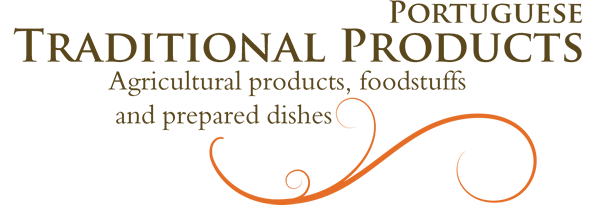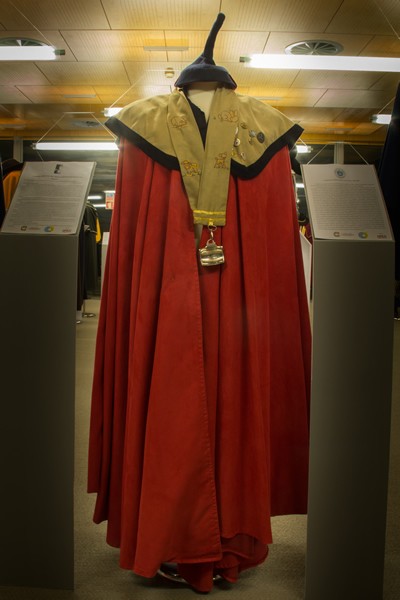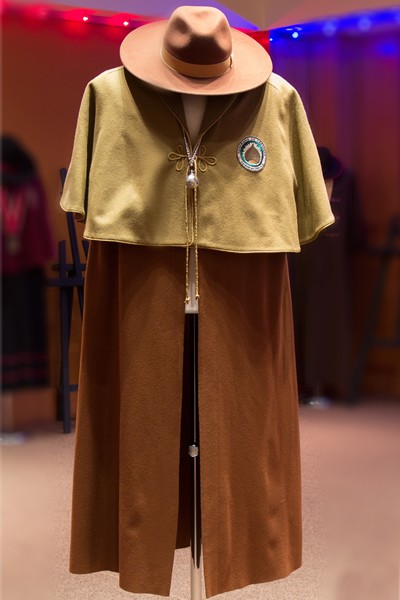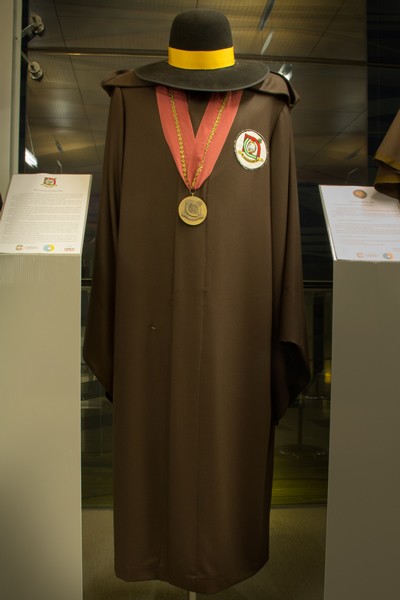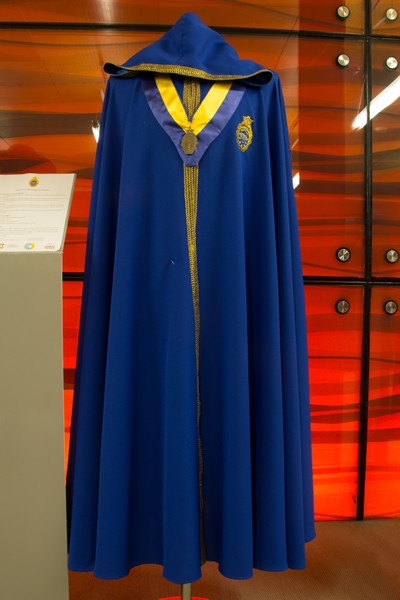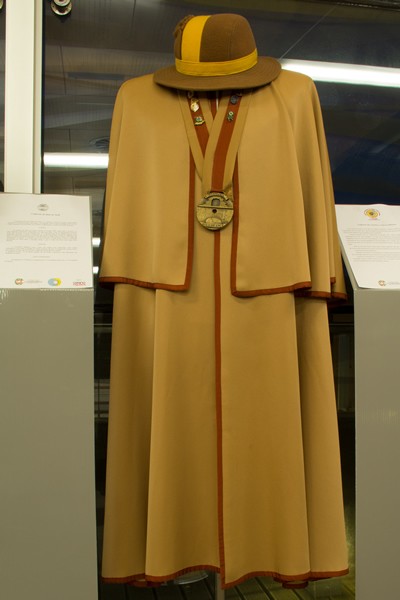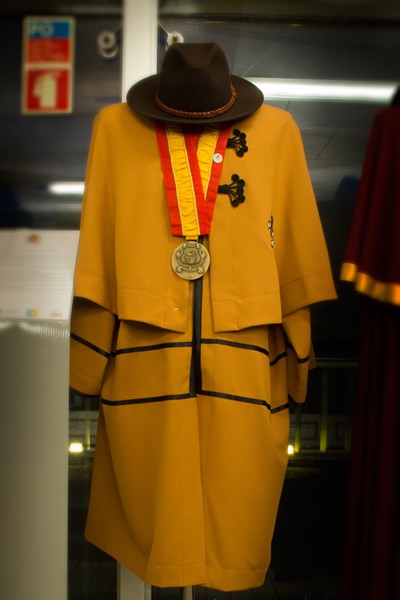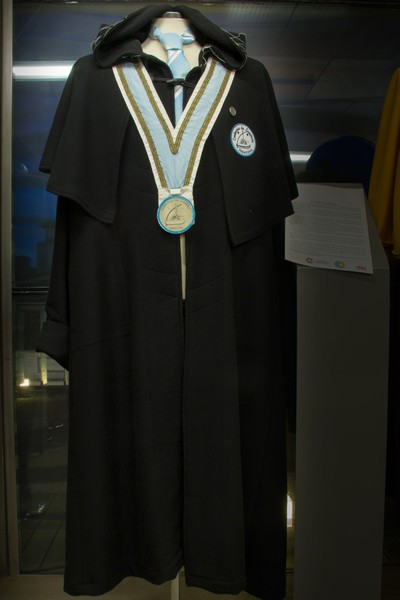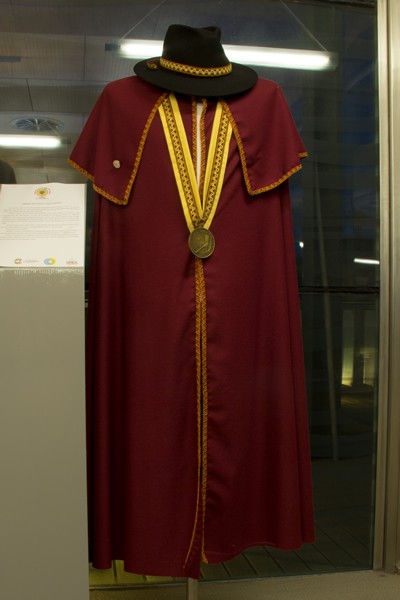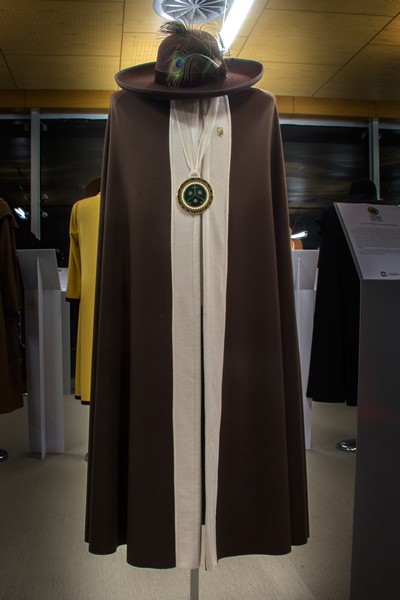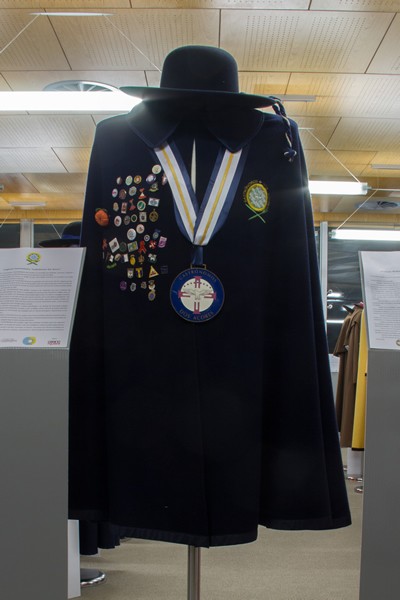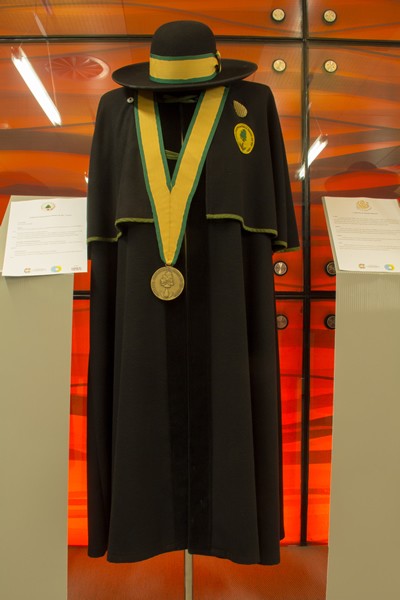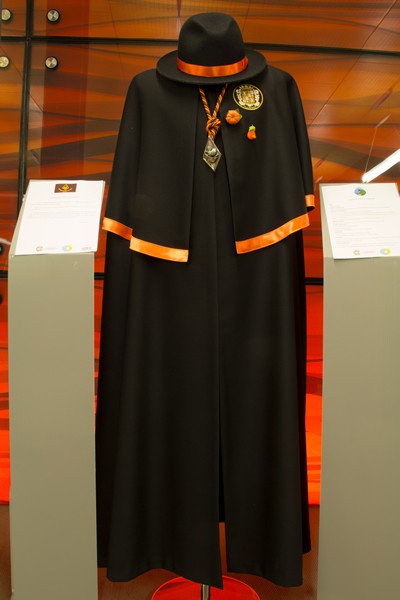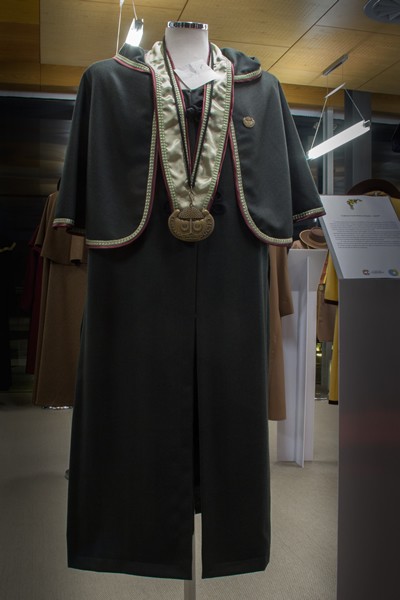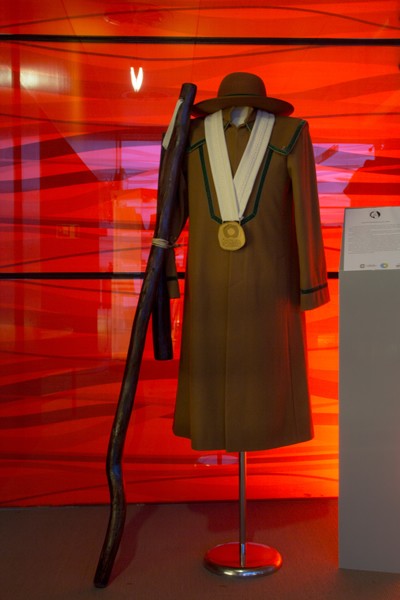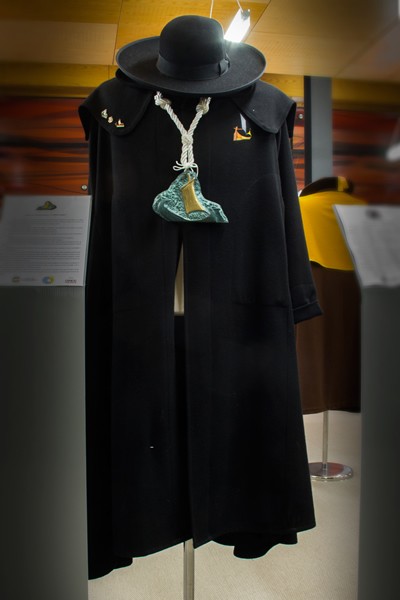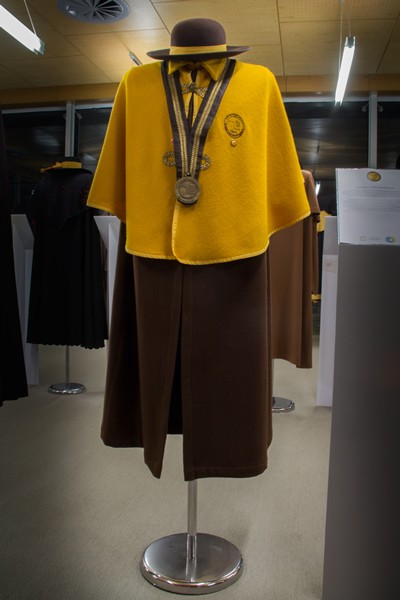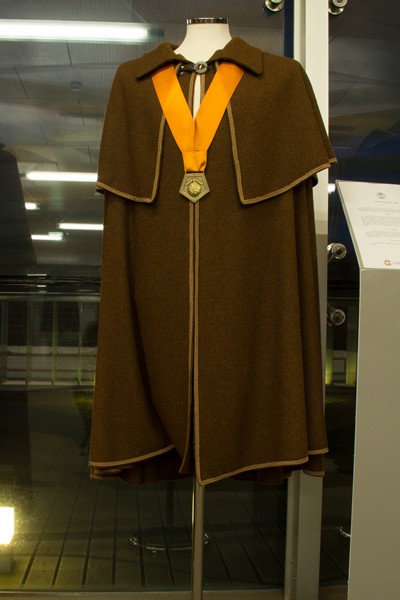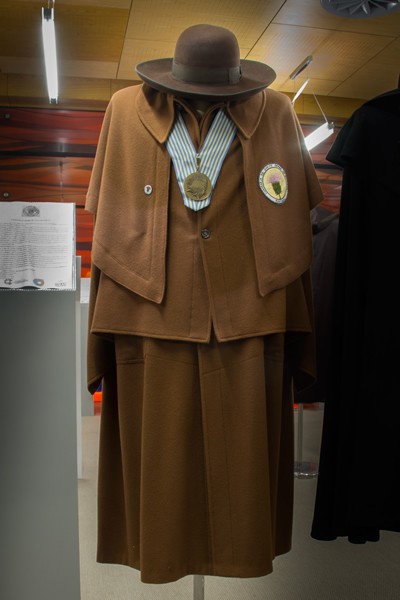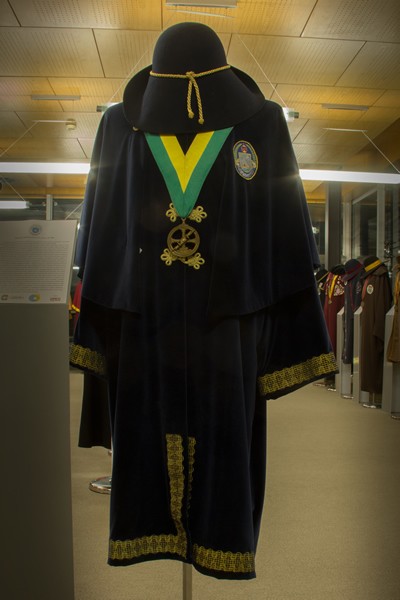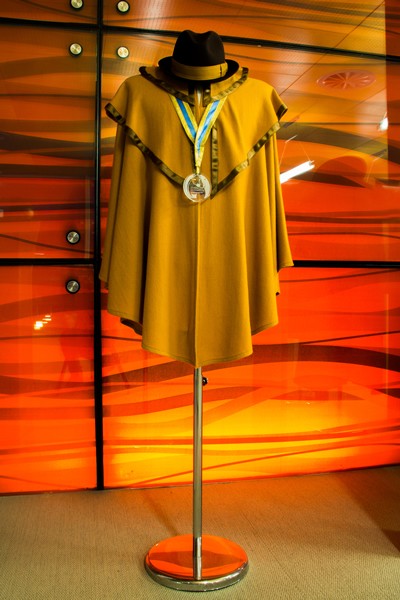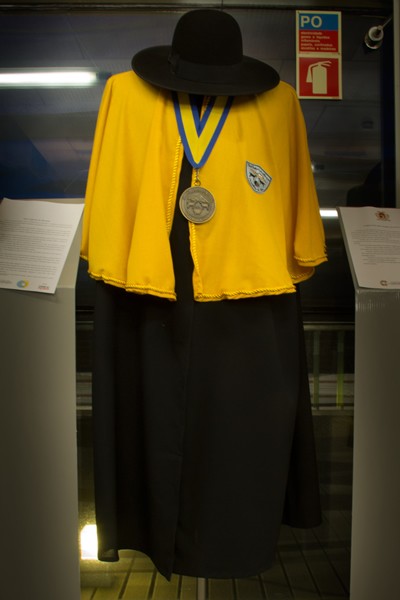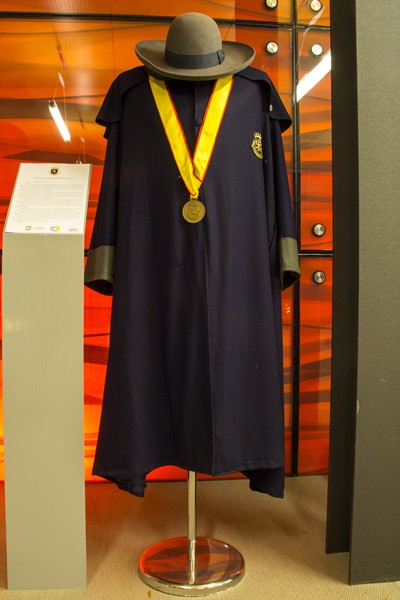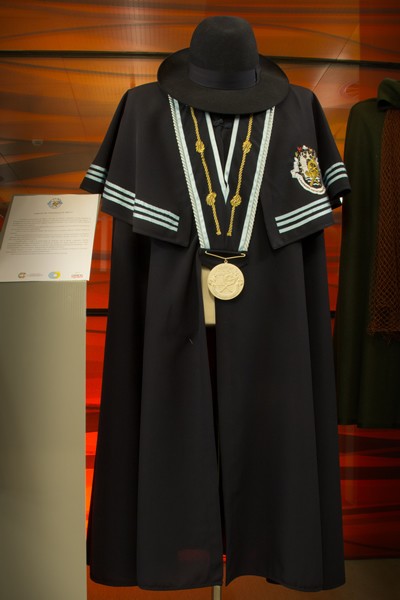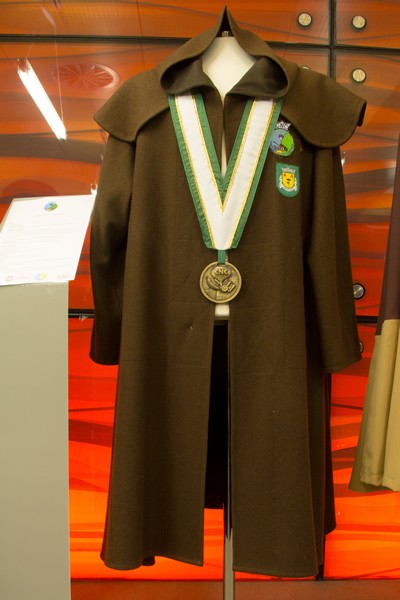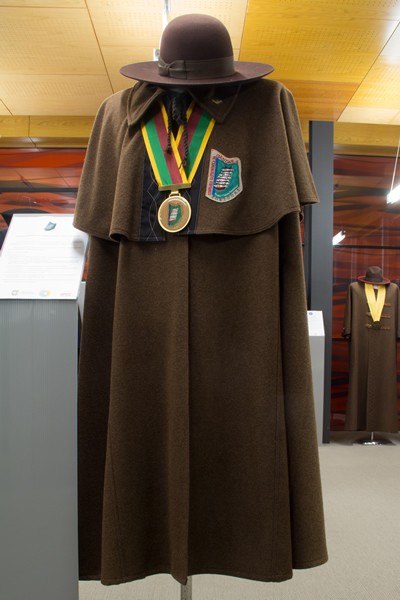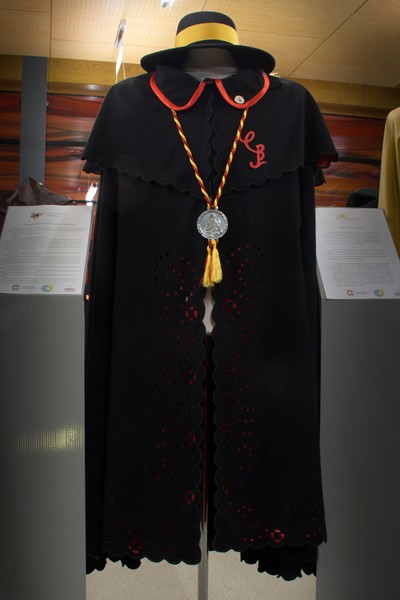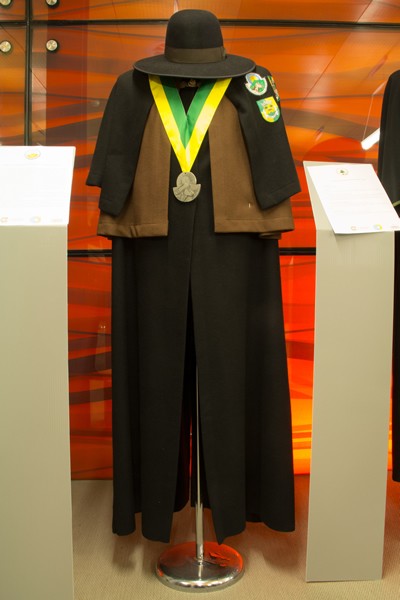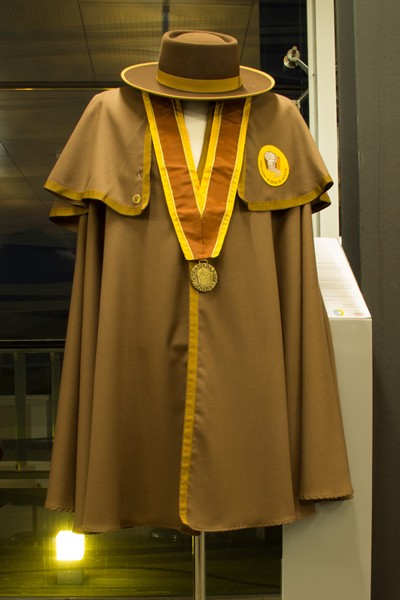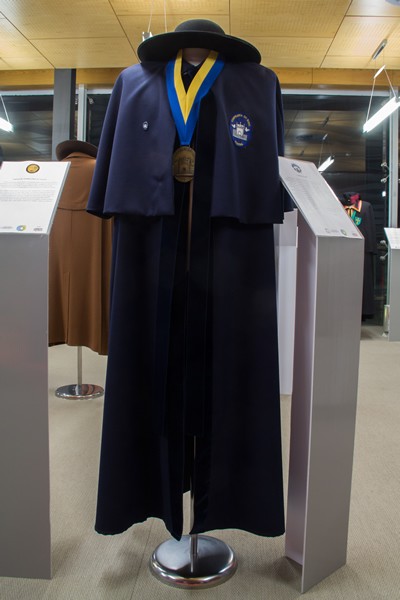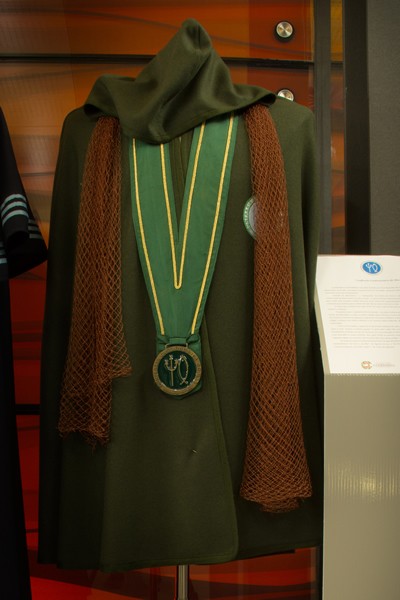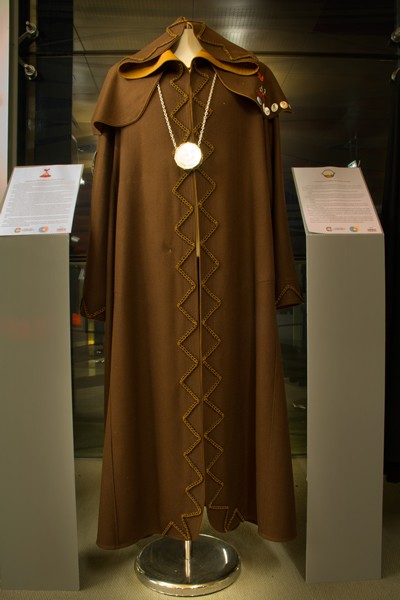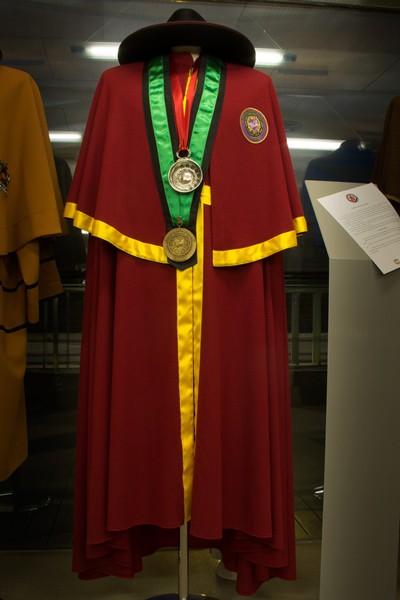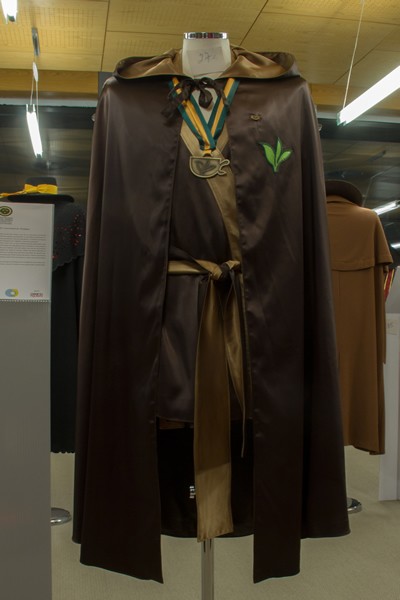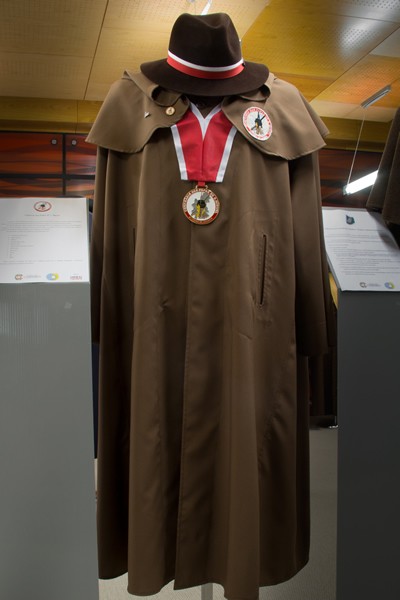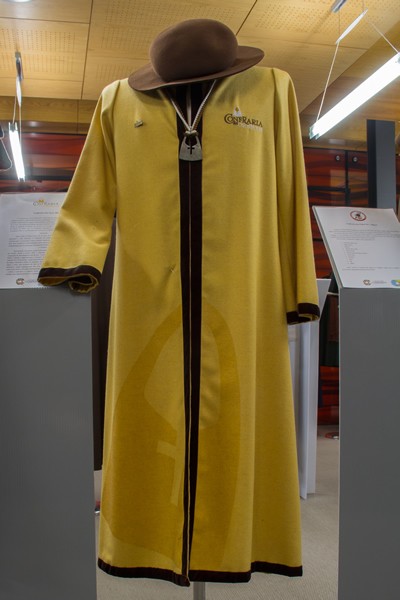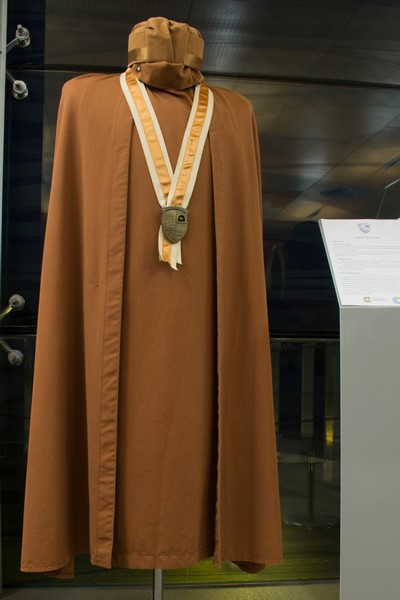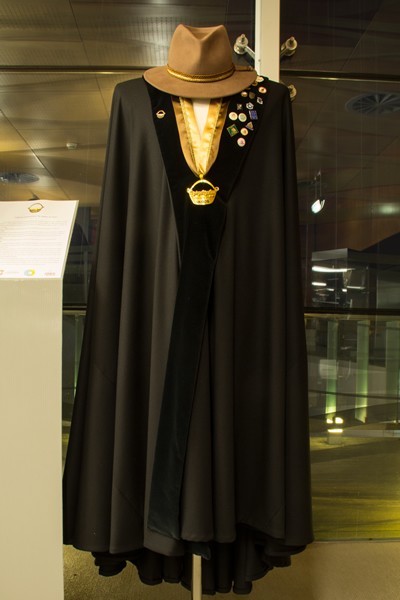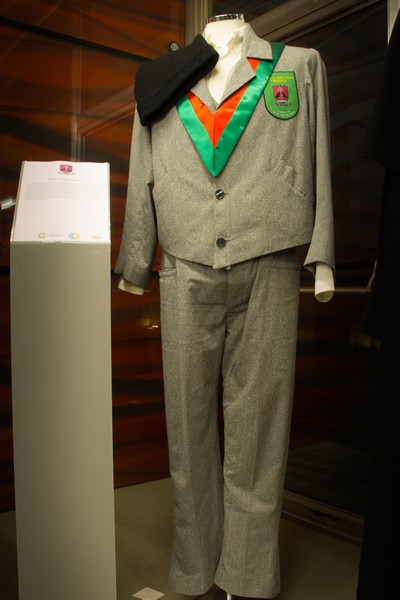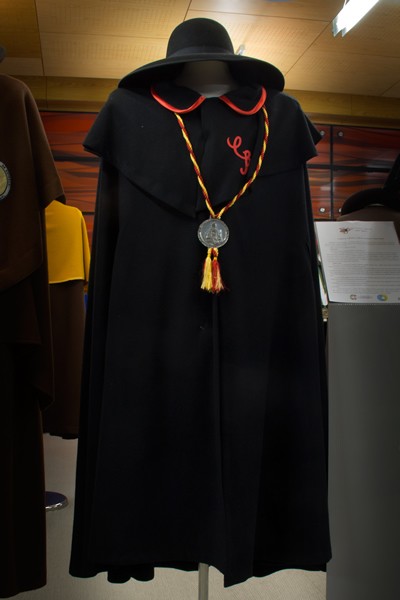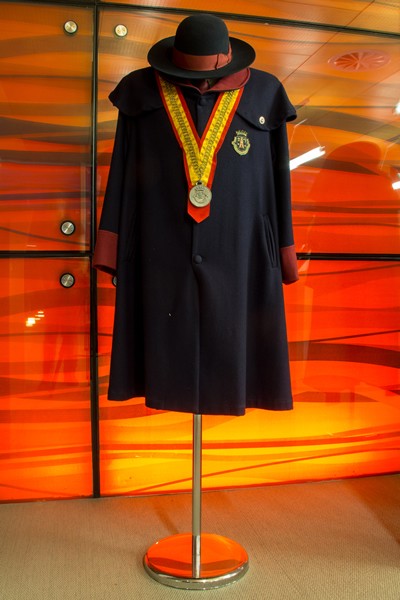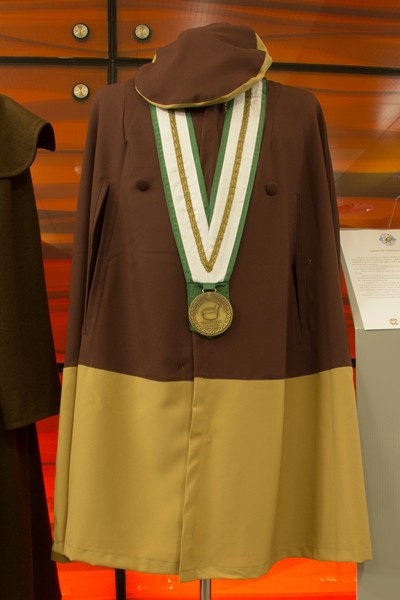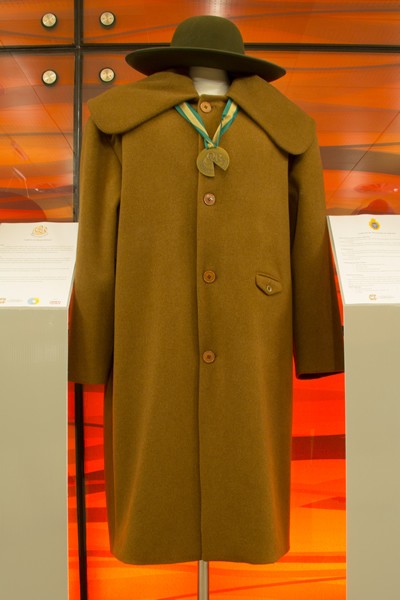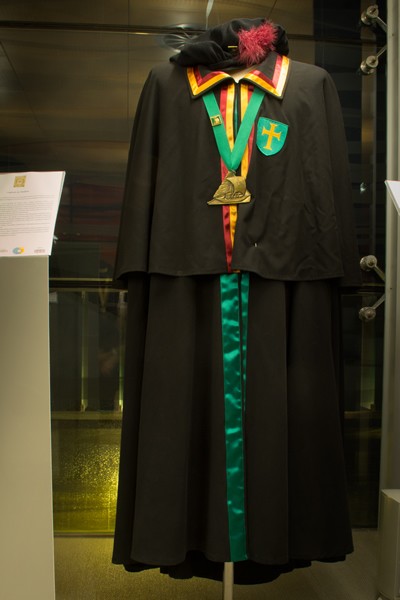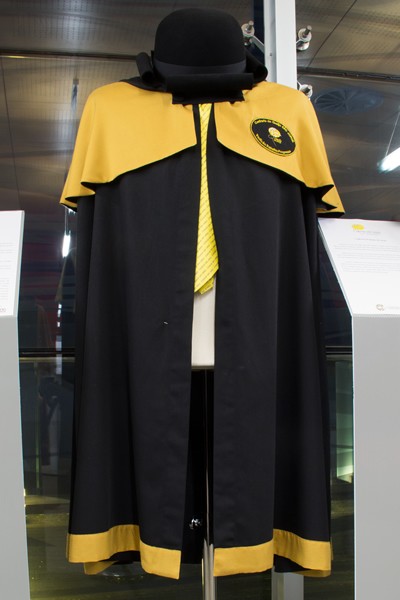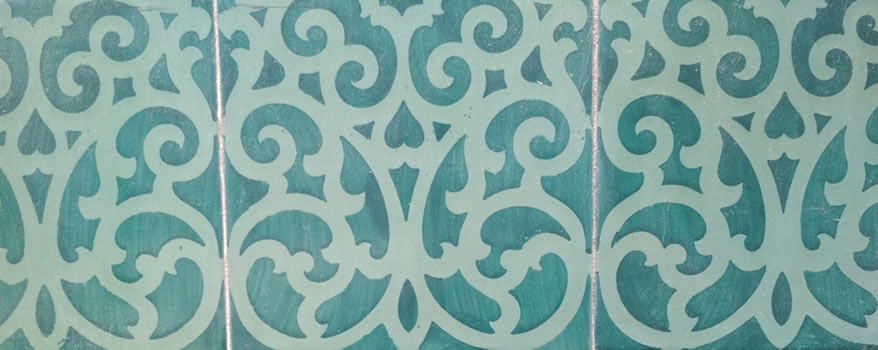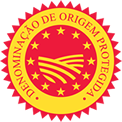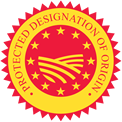Tags: Autonomous region of Madeira • PDO - Protected Designation of Origin (Agricultural products and foodstuffs) • Agrupamento da Cebola da Madeira
These bulbs of traditional varieties of «Cebola da Madeira» have specific morphological characteristics, that justify their vernacular names given by Madeiran farmers, namely
- A shape ranging from oblate to globose or from globose to conical (in “Pião”), with average homogeneity in shape and size in each variety and with an average weight ranging from 180 g/bulb to 250 g/bulb;
- External film, normally yellow, but with violet tones in traditional varieties “Vermelha” and “Roxa” and with great uniformity of colour, being slightly opaque or more translucent and shinier (in the “Branca”), with a medium to very little adhesion to the bulb;
- Mainly white pulp, with reddish or purplish tones in traditional varieties “Vermelha” and “Roxa”, with medium to small thickness of the tunics and with a medium to tender consistency.
The bulbs are very succulent, with an average dry matter contents close to 10 g/100g, that can be slightly higher when produced on the island of Porto Santo.
Are rich in carbohydrates (on average over 7 g/100g) and in vitamin C (on average over 10 mg/100g), which give them organoleptic characteristics and antioxidant properties, widely valued by Madeiran consumers.
When raw, has a crunchy and juicy consistency, more or less tender and not very fibrous. Cooked, it becomes less crispy, juicier and more translucent.
Its aroma is characteristic and sweet, with slight notes of sulphur or garlic, vegetal and fresh or earthy, being slightly pungent and persistent, with medium to high intensity and complexity. After cooking, aromas are softer but with hints of smoke/grill or caramel, maintaining their intensity and complexity.
When fresh, flavours are more or less sweet and slightly spicy, with a more peppery finish, with slight notes of freshness, sulphur, or vegetables, and may have some astringency, acidity or a slight bitterness that subsides with chewing, presenting medium to high intensity and complexity. After cooking, they lose intensity and become more sweet, reminiscent caramel or roasting, especially when grilled, and the vegetable and fresh taste disappears, with a better acid/sweet balance, no astringency and generally less spicy and persistent.
Production method: «Cebola da Madeira» production is heavily dependent on Madeiran farmers the work, because all cultural operations, from the preparation of the seeds (“cebolinho”), their transplanting, to harvesting and, in most cases, including their marketing preparation, are carried out manually
Madeiran and Porto-Santo farmers have a great specialization, knowing, in each harvest, how select the best bulbs of different traditional varieties that present the finest characteristics, to be preserved for obtaining the seeds (“cebolinho”), used in «Cebola da Madeira» production and which are exclusively obtained on their farms or are given or shared from others local producers.
Manual planting, with well-defined paces, contributes to uniformity in the size and average weight of the bulbs, and the texture of the soils used, and the land preparation and weeding practices carried out during the evolution of the crop, promote "that the soil remains loose next to the bulbs”, favouring the good homogeneity of the proper shape of each variety.
The marked influence of temperature and light (insolation) on the vegetative cycle of this crop, especially with regard to the development of the bulb and its entry into flowering (for seed formation), determines that the highest yields are obtained in the southern slope locations and others with temperate or moderately warm microclimates on the island of Madeira, with regular humidity and good exposure, but also on Porto Santo Island, provided that their water and nutritional needs are guaranteed.
Temperature and light conditions of the main producing areas contribute to the development of the bulbs and favour a high rate of photosynthesis that promotes the synthesis of sugars and nutrients that justify its high richness in carbohydrates and also in vitamin C, which are so appreciated by local consumers and justify the medicinal and curative properties that ancestral reports have attributed to it, especially when consumed raw.
In this production, most sensitive period on water stress, is during bulbs growth, so local farmers guarantee the best conditions of humidity for the development of their productions. Traditionally, irrigation was used from the “levada” in which, with the help of a wooden shovel, the farmers sprayed the entire plot, taking care not to drag the soil that would leave the bulbs uncovered and also preventing the soil from becoming too soaked. Currently, in addition to this practice, irrigation is carried out by sprinkler on the island of Madeira, while on the island of Porto Santo, due to the particular local edaphic conditions, localized irrigation is preferably installed.
These availability of irrigation, even in dry seasons, both in the “cebolas do cedo” (early onions) and in the “cebolas do tarde” (late onions), reduces the occurrence of water deficit periods, allowing the high moisture content of the bulbs and reducing bitterness and spiciness.
Madeiran and Porto-Santo farmers have a great specialization, knowing, in each harvest, how select the best bulbs of different traditional varieties that present the finest characteristics, to be preserved for obtaining the seeds (“cebolinho”), used in «Cebola da Madeira» production and which are exclusively obtained on their farms or are given or shared from others local producers.
Manual planting, with well-defined paces, contributes to uniformity in the size and average weight of the bulbs, and the texture of the soils used, and the land preparation and weeding practices carried out during the evolution of the crop, promote "that the soil remains loose next to the bulbs”, favouring the good homogeneity of the proper shape of each variety.
The marked influence of temperature and light (insolation) on the vegetative cycle of this crop, especially with regard to the development of the bulb and its entry into flowering (for seed formation), determines that the highest yields are obtained in the southern slope locations and others with temperate or moderately warm microclimates on the island of Madeira, with regular humidity and good exposure, but also on Porto Santo Island, provided that their water and nutritional needs are guaranteed.
Temperature and light conditions of the main producing areas contribute to the development of the bulbs and favour a high rate of photosynthesis that promotes the synthesis of sugars and nutrients that justify its high richness in carbohydrates and also in vitamin C, which are so appreciated by local consumers and justify the medicinal and curative properties that ancestral reports have attributed to it, especially when consumed raw.
In this production, most sensitive period on water stress, is during bulbs growth, so local farmers guarantee the best conditions of humidity for the development of their productions. Traditionally, irrigation was used from the “levada” in which, with the help of a wooden shovel, the farmers sprayed the entire plot, taking care not to drag the soil that would leave the bulbs uncovered and also preventing the soil from becoming too soaked. Currently, in addition to this practice, irrigation is carried out by sprinkler on the island of Madeira, while on the island of Porto Santo, due to the particular local edaphic conditions, localized irrigation is preferably installed.
These availability of irrigation, even in dry seasons, both in the “cebolas do cedo” (early onions) and in the “cebolas do tarde” (late onions), reduces the occurrence of water deficit periods, allowing the high moisture content of the bulbs and reducing bitterness and spiciness.
Special features: The particular edaphoclimatic conditions of Madeira and Porto Santo Islands and the cultural practices that, since the introduction of this crop, have been implemented by local farmers, allowed the adaptation of traditional varieties of «Cebola da Madeira» and gave them the aromatic, tastes and antioxidants properties that make them the favourite of Madeiran consumers.
Production area: All stages of production, from obtaining the seed or "cebolinho", to planting and harvesting «Cebola da Madeira», take place in the identified geographical area, which is delimited to the islands of Madeira and Porto Santo.
History: Since «Cebola da Madeira» was introduced at the beginning of the 15th century, by the first Portuguese settlers, this production gained a prominent place in the diet of Madeira and Porto Santo Islands populations, especially in rural areas, as was widely referred for many outsiders who visited or inhabited the islands between the 17th and 19th centuries.
Its traditional way of production has remained constant, at least since the first decades of the 20th century, and is explained in several articles in the "Frutas da Madeira" (a newsletter published between April 1941 and January 1958), where several of the traditional varieties currently cultivated were described and cultural operations and fertilization and phytosanitary protection practices were advised and which are still referred and followed by local producers.
Its traditional way of production has remained constant, at least since the first decades of the 20th century, and is explained in several articles in the "Frutas da Madeira" (a newsletter published between April 1941 and January 1958), where several of the traditional varieties currently cultivated were described and cultural operations and fertilization and phytosanitary protection practices were advised and which are still referred and followed by local producers.
Control and certification body
CTAC-RAM - Comissão Técnica de Avaliação da Conformidade dos Produtos Agrícolas e dos Géneros Alimentícios da Região Autónoma da Madeira
Publication in EU official journal
JOUE C 281 de 10.08.2023
JOUE L 2658 de 28.11.2023
Publication in the Portuguese official journal
Despacho n.º 2/2021/M de 06.10.21
Aviso n.º 9/2021/M de 26.03.2021
Portaria n.º 494/2019 de 14.08.2019
JOUE C 281 de 10.08.2023
JOUE L 2658 de 28.11.2023
Publication in the Portuguese official journal
Despacho n.º 2/2021/M de 06.10.21
Aviso n.º 9/2021/M de 26.03.2021
Portaria n.º 494/2019 de 14.08.2019


